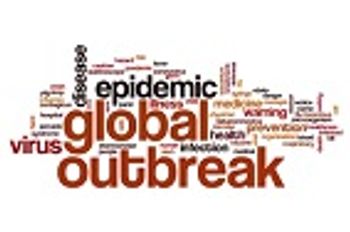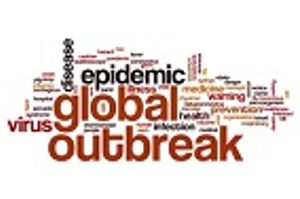
Hepatitis C virus is the world’s most prevalent blood-borne viral infection for which a vaccine does not exist. To eliminate HCV infection on a global scale, experts argue that vaccine development needs to become a public health priority.

Hepatitis C virus is the world’s most prevalent blood-borne viral infection for which a vaccine does not exist. To eliminate HCV infection on a global scale, experts argue that vaccine development needs to become a public health priority.

More education on the illnesses individuals are risking by refusing vaccines may help to address the issue.

In order to ensure that vaccines reach those who need them the most, experts are proposing a global vaccine injury compensation system that would ensure their safety in the event of adverse reactions from vaccines developed on shortened timelines.

A new study reports that a substantial proportion of secondary cases in the 2014 to 2015 Ebola epidemic descended from a small number of superspreaders.

A new report finds that real-time patient-centered research is possible during an outbreak, and indeed, necessary to strengthen systems, improve surveillance and response, and create better diagnostics, therapeutics and vaccines.

Seeking to improve the nation’s health and safety, the Centers for Disease Control and Prevention (CDC) has been targeting several high-burden issues in which it could make the greatest impact, and three such issues are infectious diseases.

In mid-November, the CDC released the “Core Elements of Outpatient Antibiotic Stewardship.”

Rotary International teamed up with the Centers for Disease Control and Prevention to hold a briefing on the eradication of polo despite past setbacks.

Published: November 25th 2016 | Updated:

Published: January 6th 2017 | Updated:

Published: January 9th 2017 | Updated:

Published: February 21st 2017 | Updated:

Published: February 20th 2017 | Updated:

Published: March 14th 2017 | Updated: